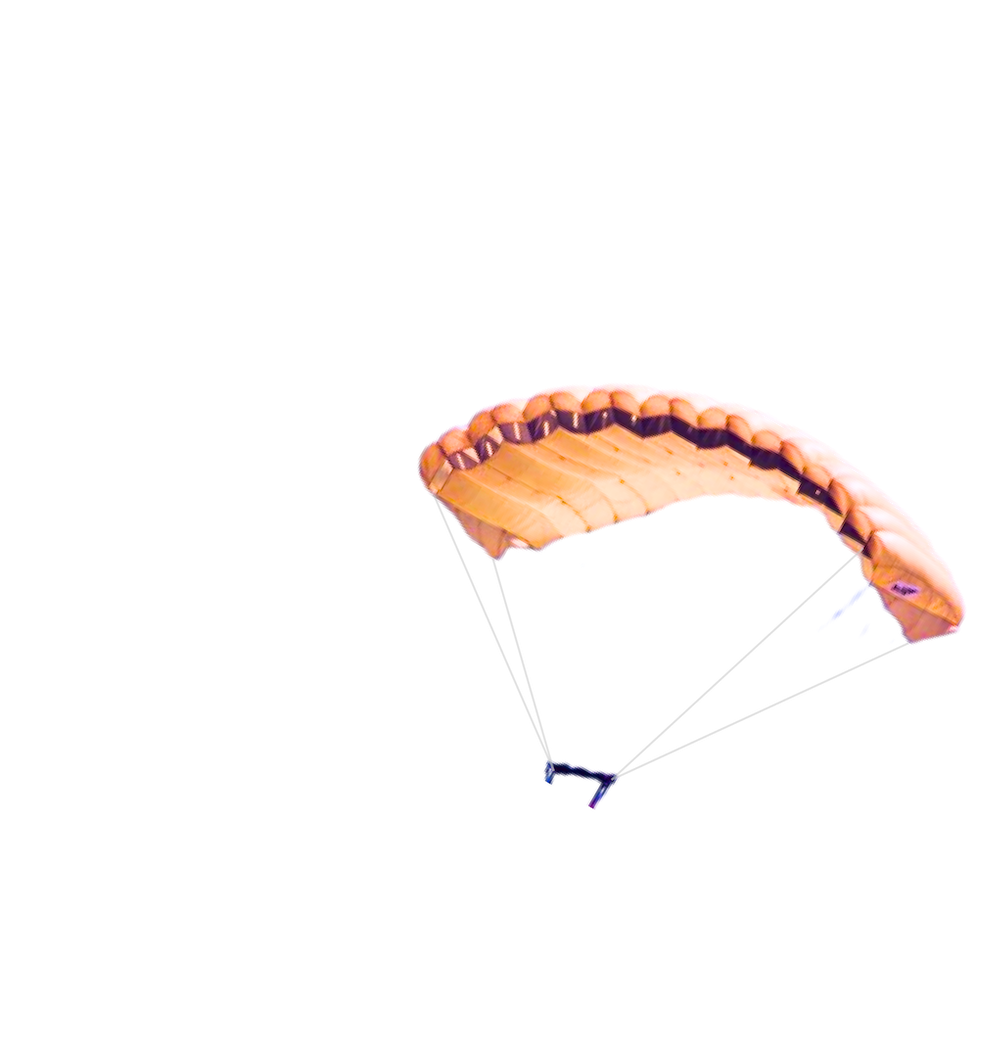An in specie transfer might sound like something out of a sci-fi fantasy film, but in the world of SMSFs, it’s when you directly transfer non-cash assets like property, shares, or managed funds into your self-managed super fund. Let's dive in and explore what in specie transfers are, how they work and how they can benefit SMSF trustees.
Transferring an asset in specie to your SMSF commonly involves moving a property or listed shares into your SMSF. Just make sure it follows the rules, or you might end up with a compliance breach. So, before you start transferring assets, make sure that they're a compliant investment according to the SMSF investment rules and that your contribution caps are available to do so, or you could be in trouble. More on compliance and tax later.
What Assets Can Be Transferred In Specie Under Australian Superannuation Legislation?
In specie transfers can include:
- Shares and other listed securities on an approved stock exchange such as the Australian Securities Exchange (ASX)
- Managed funds (Widely held)
- Business real property (land and buildings used purely for business)
How Do In Specie Transfers Work?
Transferring assets directly into your SMSF must be done at market value. For listed shares that's easy as there is a price readily available from the ASX. For property however it recommended that an up to date market valuation is provided by a qualified independent valuer. The good news is that these transfers can count towards your concessional or non-concessional contributions cap, depending on each members circumstances.
Why Make An In Specie Transfer to SMSF?
In specie transfers can be a useful tool for diversifying your SMSF's investment portfolio, reducing exposure to market fluctuations, and spreading risk across different asset classes. In some cases, in specie transfers may also be more tax-efficient than selling an asset and transferring the cash proceeds into your SMSF, especially for assets that have appreciated in value.
It could be that you own business real property and you would like to transfer the asset into your SMSF. This can be done using the contribution caps available or a combination of caps and cash.
Of course, always consult a professional advisor to determine whether an in specie transfer is suitable for your individual financial circumstances and needs before taking any action.
Consider CGT and Stamp Duty On In Specie Transfers of property
Transferring assets into an SMSF will be a deemed as a disposal for the member (owner) and any gain realised by the member may be subject to CGT, though there may be some concessions, particularly where the property was used in their own business.
Keep in mind that government stamp duty may apply to business property transfers, based on the property's value, ownership and the state or territory where it's located.
Considering an In Specie Transfer to your SMSF?
In specie transfers can offer several benefits for SMSFs, but they require careful consideration and professional advice. They're not suitable for everyone, so it's crucial to do your research and understand the rules and regulations governing the process before making any decisions. Our SMSF experts offer a complete package , from set up to strategic advisory and ongoing SMSF accounting and compliance. Get in touch with me, George Karavias, Director - Private Clients & SMSF to learn more.


